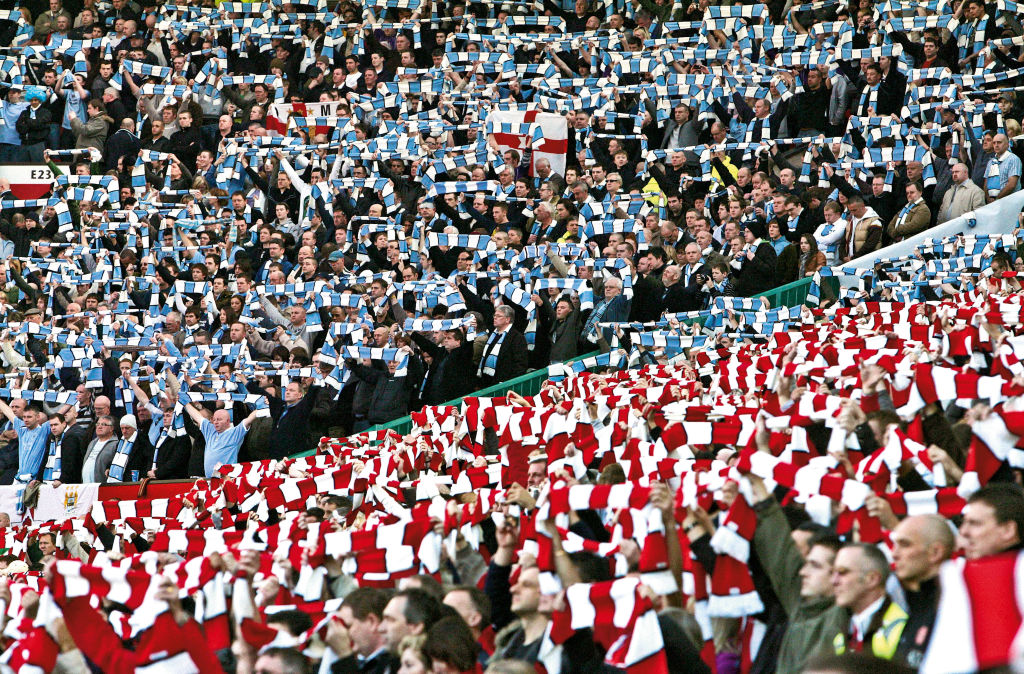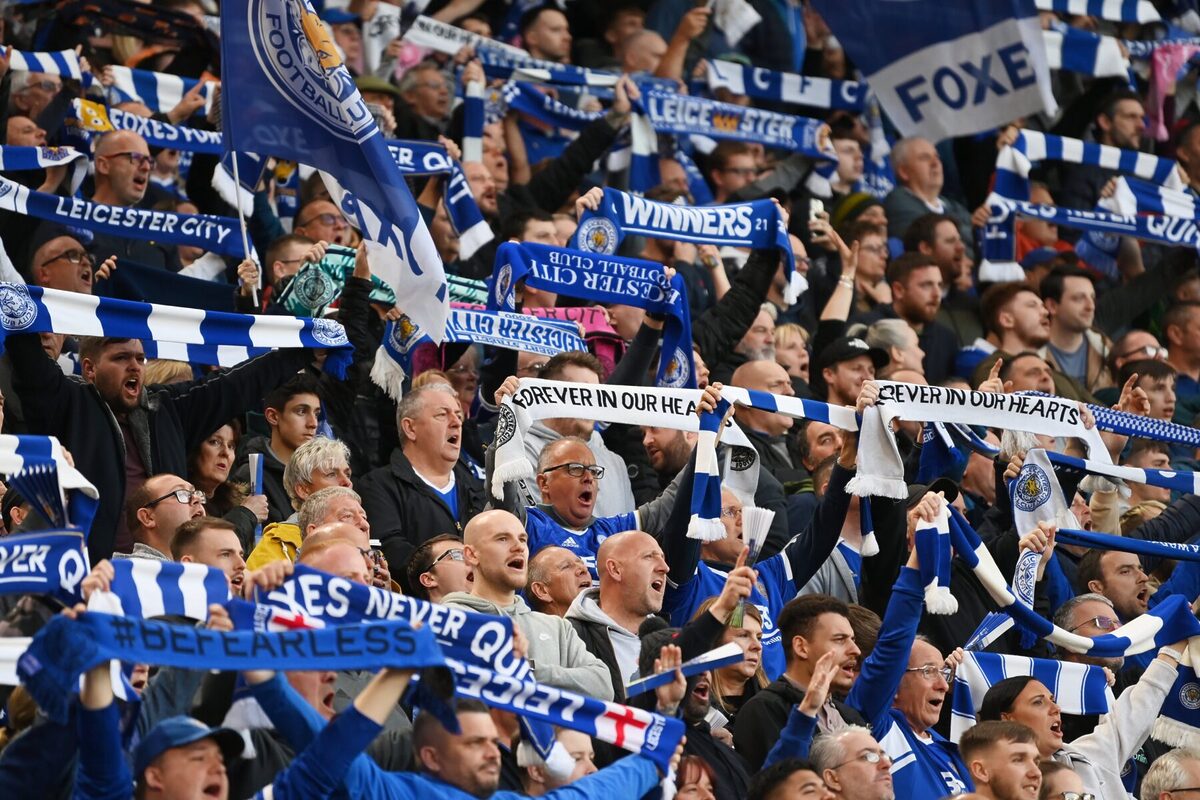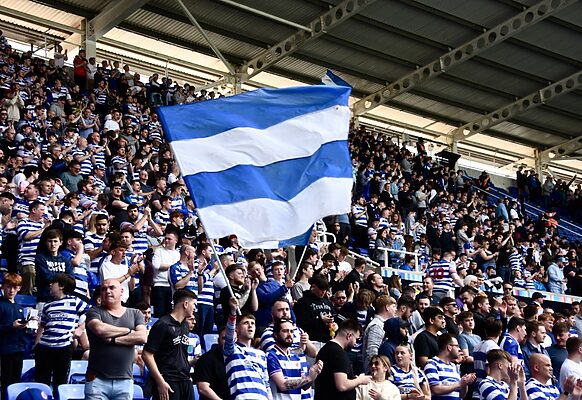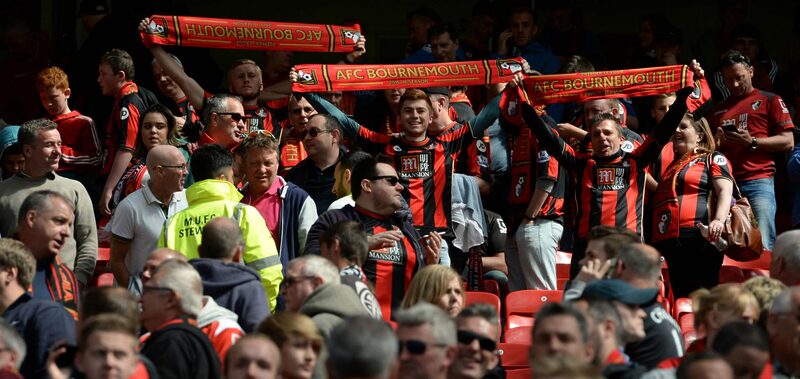MA// BLOG
LIFE WITHOUT A DERBY: THE FOOTBALL CLUBS WITH NO NATURAL RIVAL

Rivalries are the lifeblood of football. They give shape to the calendar, meaning to otherwise ordinary fixtures, and lend local spice to a game that’s increasingly global and sanitised. Manchester United have Liverpool, Arsenal have Spurs, Celtic have Rangers, Newcastle have Sunderland. But for every club with a clear and obvious enemy, there are others for whom things are a little more complicated. Their biggest fixture is sometimes a polite derby, sometimes an invention of convenience. Sometimes, it simply doesn’t exist.

Take Chelsea. On paper, they ought to have more rivals than they know what to do with. They are — surely — nobody’s second team and just about any football fan in Britain (except their own kind) thinks they’re a truly awful bunch. The Pensioners share a patch of west London with Fulham, Brentford and QPR. Yet none of those fixtures carry the kind of venom you’d expect for a game between bitter neighbours. Fulham are too genteel, Brentford too recent, QPR too (sorry) irrelevant. Chelsea fans will tell you their true animosity lies further north, with Spurs or Arsenal. And yet ask a fan of either north London club who they despise most and you’re unlikely to get a unanimous “Chelsea” back. Arsenal and Spurs loathe each other far more, leaving Chelsea in this slightly awkward position: successful, glamorous, disliked by many, but without one singular sparring partner to measure themselves against.

Fulham, for their part, are famous for two things: serving cheese boards and Espresso Martinis on matchdays, and not having a real rival. Craven Cottage is one of the most picturesque grounds in the country, perched daintily on the bank of the Thames, but it rarely feels like a cauldron of hostility. Their fellow west London clubs are more like incidental neighbours, while the Cottager fanbase seems almost proud of its reputation as London’s most civilised away day. When rivalries are lacking, identity can take a different shape: Fulham lean into charm, heritage and Camembert, rather than blood, thunder and hostility.

Carlisle United are another interesting one. Stuck on a map at England’s northern edge, they’re almost too far away from anyone to foster genuine enmity. Their closest Football League neighbour is Middlesbrough, a 90-mile trip down the A66, but it’s not enough to create the kind of week- ruining tension that defines a derby. Sometimes fixtures with Hartlepool or even Scottish sides in the cup take on a bit of extra bite, but Carlisle largely exist outside of that heated ecosystem with no common predator.

Leicester City sit in an odd middle ground. The M69 derby with Coventry is fiercely contested when it comes around, and games with Nottingham Forest or Derby County can bristle too. But there isn’t a single rivalry that defines the club in the way Forest and Derby define each other. Leicester’s story is more often told in isolation — the 2016 Premier League title win, the FA Cup triumph in 2021 — than in relation to an opponent. And did even Coventry, Forest or Derby fans begrudge them those underdog triumphs (please let us know)?
Shrewsbury Town are in a similar boat. Their geography is awkward: a West Midlands club, but far enough removed from Wolves, West Brom and Birmingham to never quite count as proper rivals. Stoke and Wrexham are sometimes named as their main antagonists, but neither relationship carries the weight of, say, Villa vs Birmingham or Cardiff vs Swansea. The consequence is that Shrewsbury float through the divisions with a focus on themselves, rather than getting dragged into neighbourly vendettas. Their fan culture is strong, but it isn’t defined by what happens across a city boundary.
There are plenty of other English examples. Reading, despite being a sizeable club, have never really found a natural rival (Aldershot, perhaps, but that relationship barely exists anymore). MK Dons tried to manufacture a few grudges — most infamously with AFC Wimbledon — but it’s hard to generate true enmity out of thin air. Bristol City and Bristol Rovers obviously have each other, but further west than them, clubs like Swindon or Exeter end up without much to aim their ire at. Middlesborough want Sunderland to be their fiercest enemies; but the Black Cats are too busy trying to claw back some bragging rights over Newcastle (and doing a decent job so far this season). Meanwhile Bournemouth see Southampton as their nemeses, but Saints don’t have any room on their dartboard for anyone other than Portsmouth.
On the continent, there are a few similar situations. Paris Saint-Germain dominate French football, but their biggest domestic rivals — Marseille— are hundreds of miles away, and games with other capital clubs like Paris FC or Red Star don’t exist at the same level. In Italy, Juventus stand alone. They’re the most successful club in the country, yet their main rivalries with Inter, Torino and Napoli exist in very different registers: Inter’s is national, Torino’s is local but less competitive, Napoli is to do with some centuries-old Italian grudge. Sometimes being too big, too small, or too oddly placed leaves a club with plenty of enemies, but no soulmate to truly despise.








